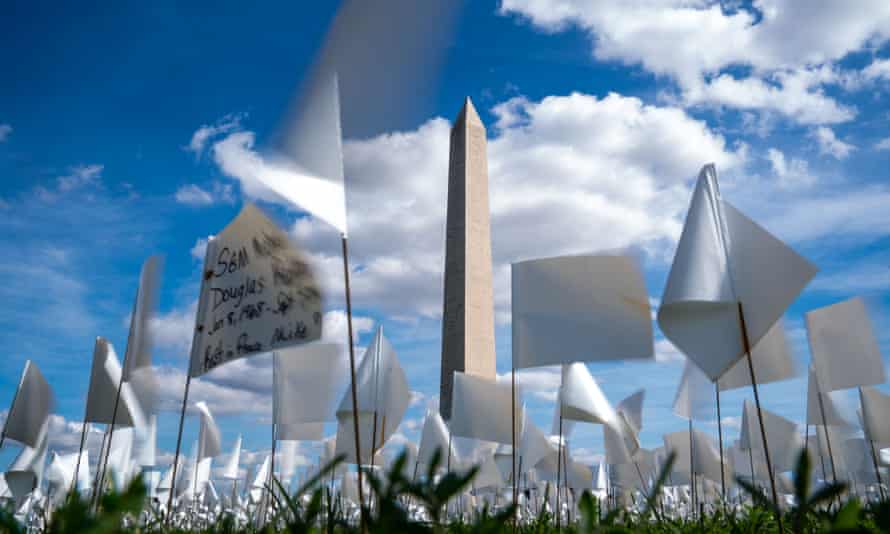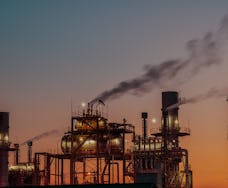IMF: Growing cryptocurrency adoption poses financial stability challenges

The rapid development and growing adoption of crypto assets represent a threat to financial stability, according to the latest Global Financial Stability Report by the International Monetary Fund (IMF) published on October 1.
Indeed, three IMF officials, Dimitris Drakopoulos, Fabio Natalucci, and Evan Papageorgiou, stated in a chapter of the report titled “The Crypto Ecosystem and Financial Stability Challenges” that as crypto assets gain traction, authorities must step up their efforts to protect investors.
The IMF commented:
“Despite potential gains, the rapid growth and increasing adoption of crypto assets also pose financial stability challenges.”
They added:
“In emerging markets, the advent of crypto assets has benefits but can accelerate cryptoisation and circumvent exchange and capital control restrictions. Increased trading of crypto-assets in these economies could lead to destabilizing capital flows.”
Crypto tool for cross border payments
In particular, technology based on crypto assets can be used as a tool for making cross-border payments that are both quicker and more affordable. Thus, individuals may convert bank deposits into stablecoins that provide immediate access to a wide variety of financial goods from digital platforms as well as fast currency conversion.
Moreover, according to the report, decentralized finance may serve as a foundation for the development of financial services that are more creative, inclusive, and transparent.
The IMF declared:
“Crypto-assets offer a new world of opportunities: Quick and easy payments. Innovative financial services. Inclusive access to previously “unbanked” parts of the world. All are made possible by the crypto ecosystem. But along with the opportunities come challenges and risks.”
By way of illustration, the crypto ecosystem faces operational and financial integrity risks from crypto asset providers, investor protection concerns regarding crypto-assets and digital currency exchanges, and reserve and transparency deficiencies for certain stable currencies.
Lawmakers should establish global rules
Thus, the IMF argued policymakers should establish worldwide regulations for crypto-assets and strengthen their monitoring capabilities by solving data shortages. As the importance of stablecoins expands, laws must keep pace with the dangers they pose and the economic services they serve.
For example, emerging economies confronted with the threat of cryptoisation should bolster macroeconomic policies and explore the advantages of central bank digital currency issuance.
IMF concerned about Bitcoin becoming legal tender
Meanwhile, in a blog post published on August 29, the International Monetary Fund expressed worry about Bitcoin and other cryptocurrencies becoming national currencies.
It seems that the IMF is worried about the increasing number of nations, such as El Salvador, who recognize Bitcoin as their national currency and how this may impact their global operations.
Watch the video: Global Financial Stability Report Chapter 2: The Crypto Ecosystem and Financial Stability Challenges



9(MDAyNzUwMDI2MDEyNTA3MTU5NzcyNTQyNA004))




































